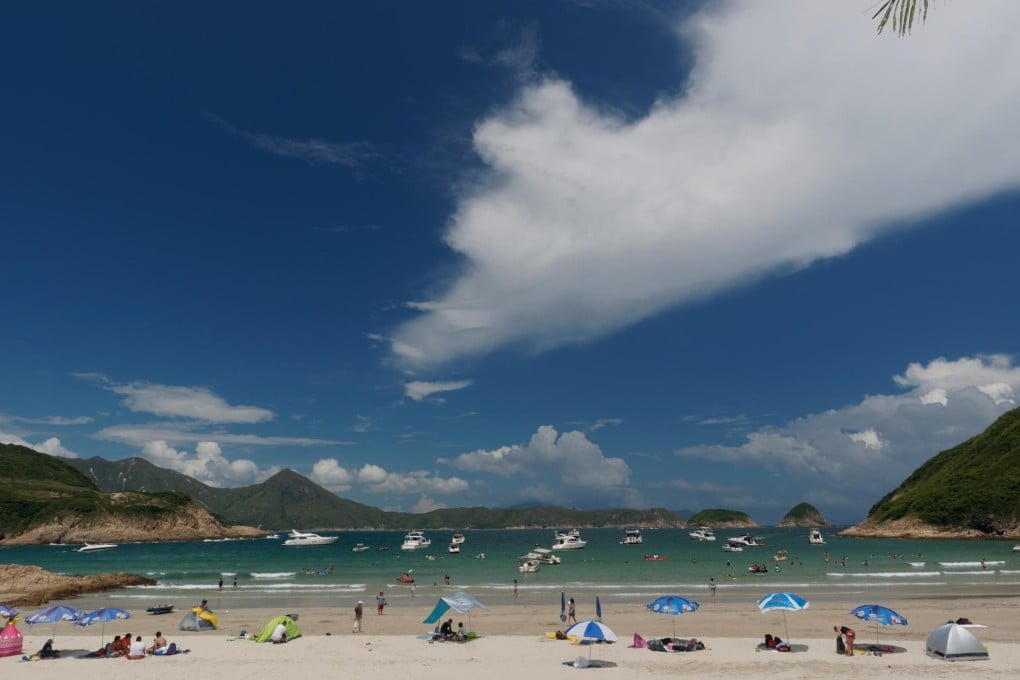Officials 'out of touch' in dispute over future of Hong Kong's country park enclaves
The future of Hong Kong's country park enclaves is being fought over by crusty rural leaders, rapacious developers, green groups and out-of-touch government officials, much to the bafflement of villagers, writes Martin Williams

Sai Wan on a hot, sunny Sunday can seem like the type of tropical paradise many seek yet few find. In the bay, on the eastern Sai Kung Peninsula, a few dozen people unwind on beaches and frolic in clear azure waters. Some hiked to get here, others arrived on the yachts moored beyond the shallows.
There are islets on the eastern horizon and lush green headlands to the north and south. The four restaurants in the village are busy; two have tables from which diners can admire one of the greatest views in Hong Kong.
Yet there is trouble in this paradise.
Wary of the press, beachfront-restaurant owner Lai Kwan at first refuses to speak with me. However, the government's attempts to enforce new rules in Sai Wan, also known as Tai Long Sai Wan, have severely affected - and still threaten - his business, so, after friends patiently explain that I want to tell his side of the story, Lai opens up.
His experiences (more on which later) have implications far beyond Sai Wan, the first "enclave" to be subsumed into a country park. Across the New Territories and Lantau there were once 77 such enclaves - areas surrounded by and yet technically excluded from country parks. Thanks to planned and actual developments at some of them, including Sai Wan, there is considerable concern and controversy over their status, and competing arguments over how best to protect them.
The enclave story involves quirky policies, rapacious developers, green groups, crusty rural leaders and villagers baffled by byzantine regulations. Looming large is a government seemingly bereft of vision and sorely lacking the human touch.
being in the 1970s, when the country park network was established under governor Murray MacLehose.
"There was a great deal of opposition amongst villagers," recalls David Akers-Jones, who, as secretary for the New Territories, was a key architect of the country park system. "If we hadn't had enclaves, we wouldn't have country parks. We overcame the problem of villages by drawing a line around them. All the land surrounding them became part of the country parks."